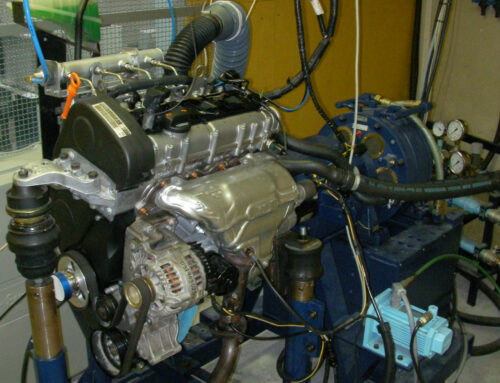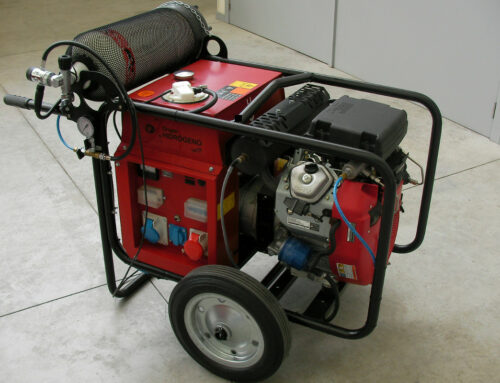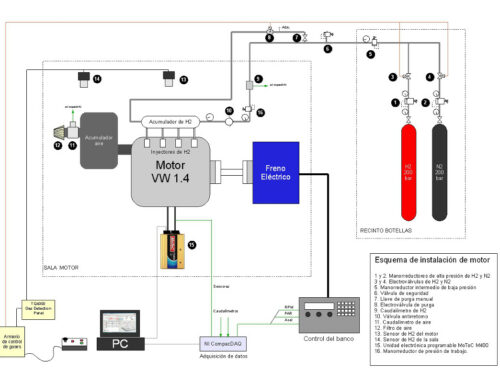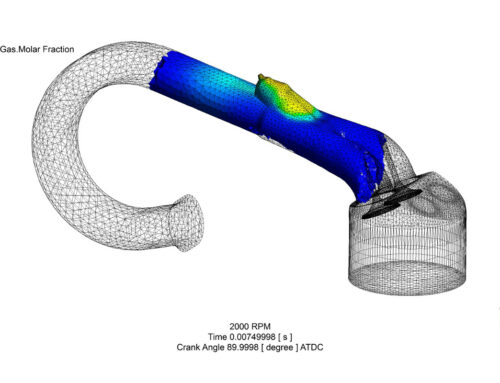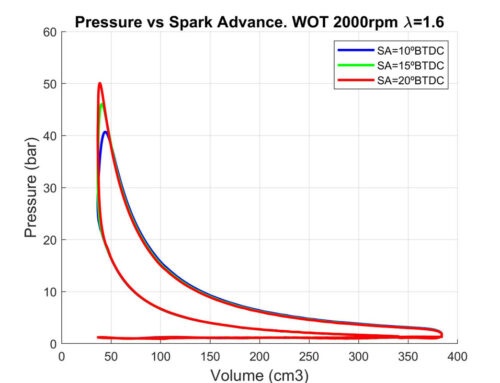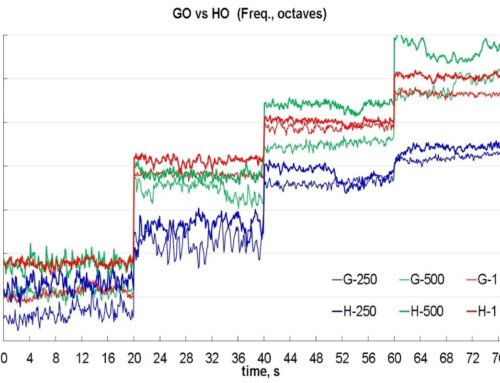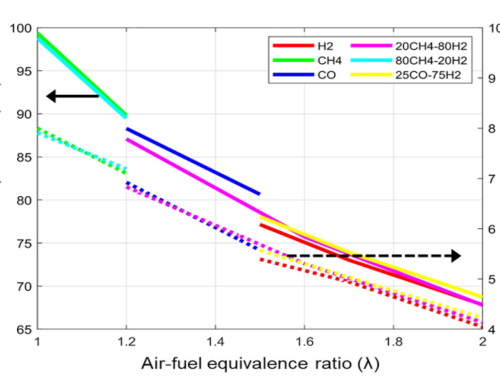International Journal of Hydrogen Energy 37 (2012) 1781-1789
Conversion of a commercial gasoline vehicle to run bi-fuel (hydrogen-gasoline)
Abstract
Bi-fuel internal combustion engine vehicles allowing the operation with gasoline or diesel and hydrogen have great potential for speeding up the introduction of hydrogen in the transport sector. This would also contribute to alleviate the problem of urban air pollution. In this work, the modifications carried out to convert a Volkswagen Polo 1.4 into a bi-fuel (hydrogen-gasoline) car are described.
Changes included the incorporation of a storage system based on compressed hydrogen, a machined intake manifold with a low-pressure accumulator where the hydrogen injectors were assembled, a new electronic control unit managing operation on hydrogen and an electrical junction box to control the change from a fuel to another. Change of fuel is very simple and does not require stopping the car. Road tests with hydrogen fuel gave a maximum speed of 125 km/h and an estimated consumption of 1 kg of hydrogen per 100 km at an average speed of 90 km/h. Vehicle conversion to bi-fuel operation is technically feasible and cheap.


